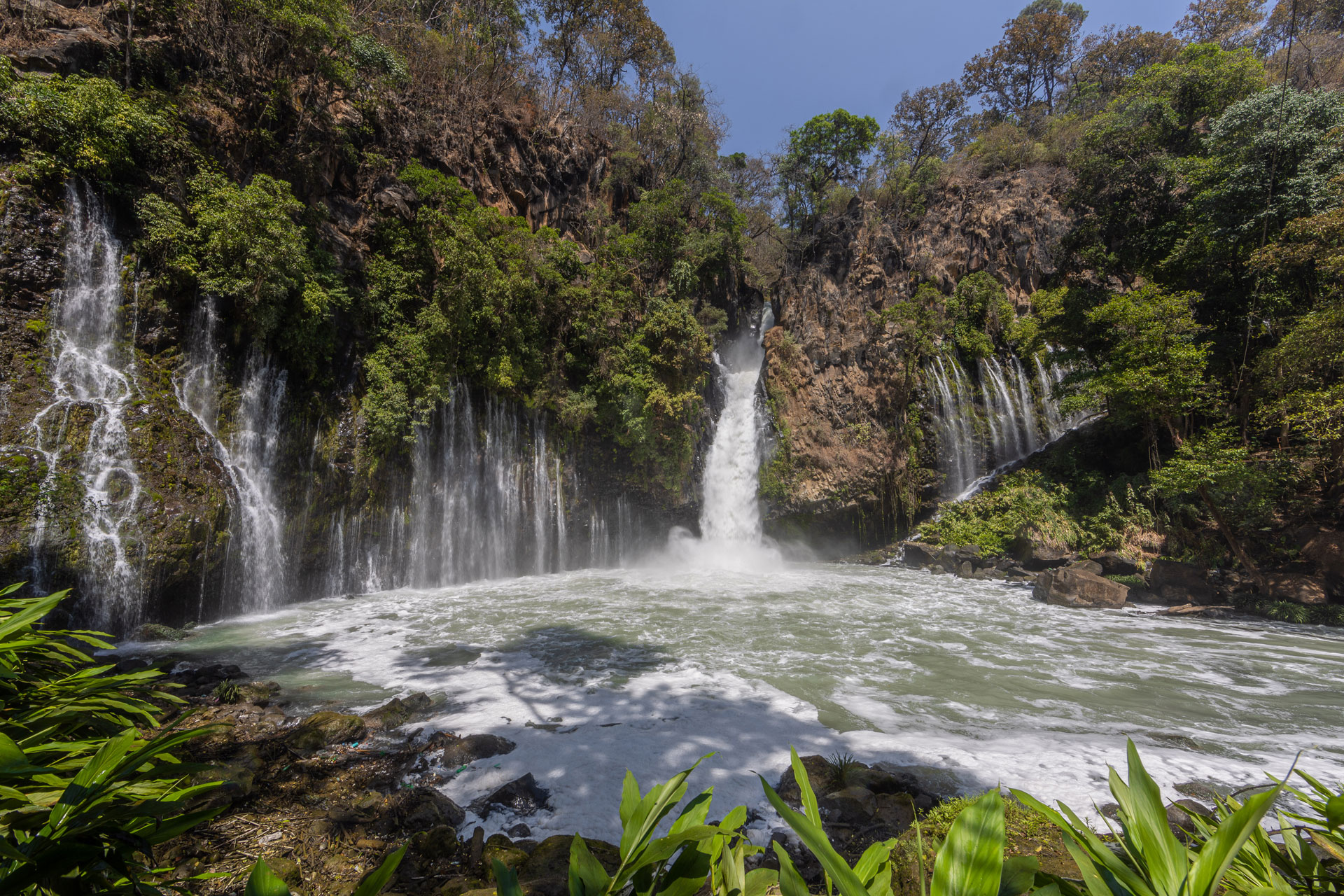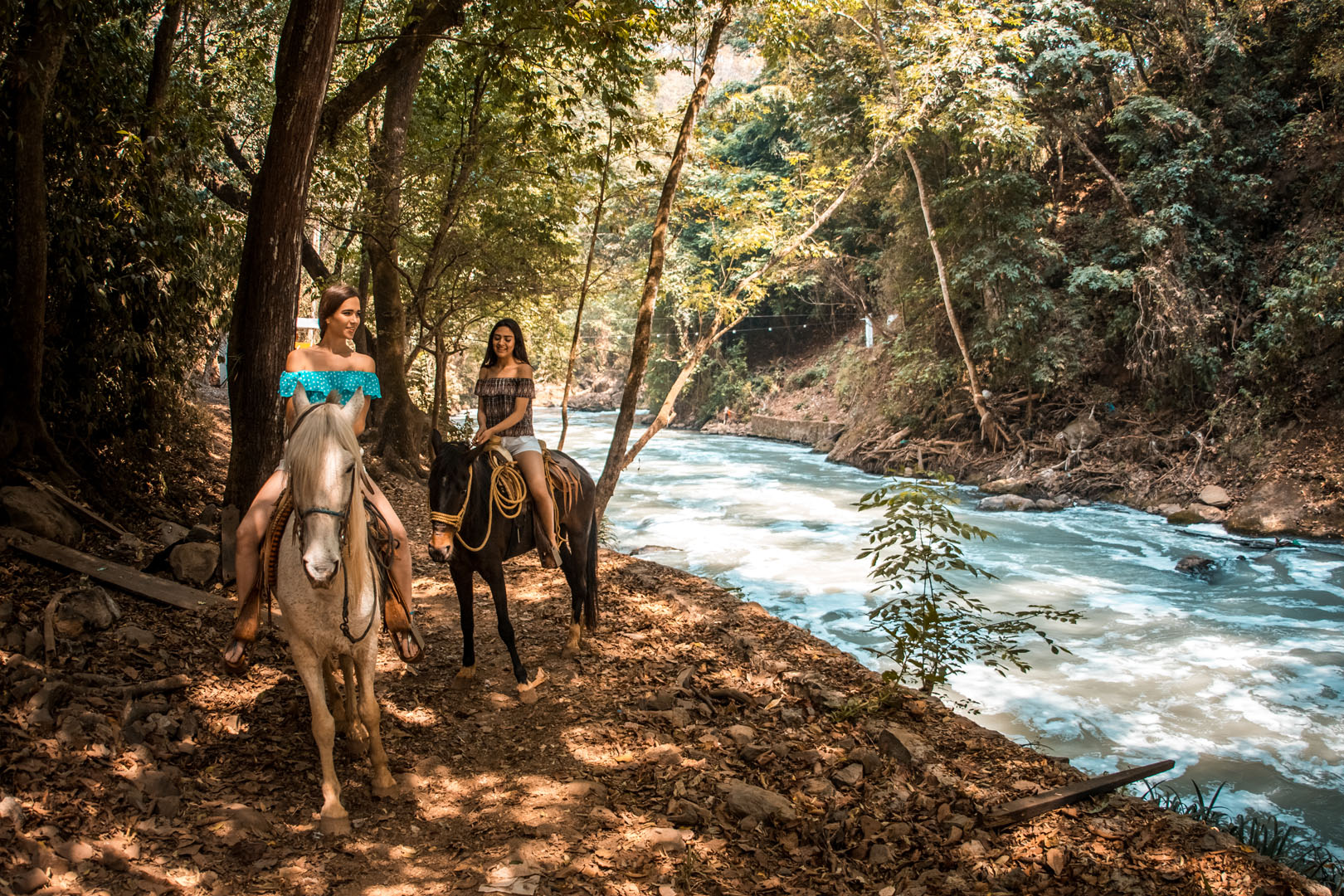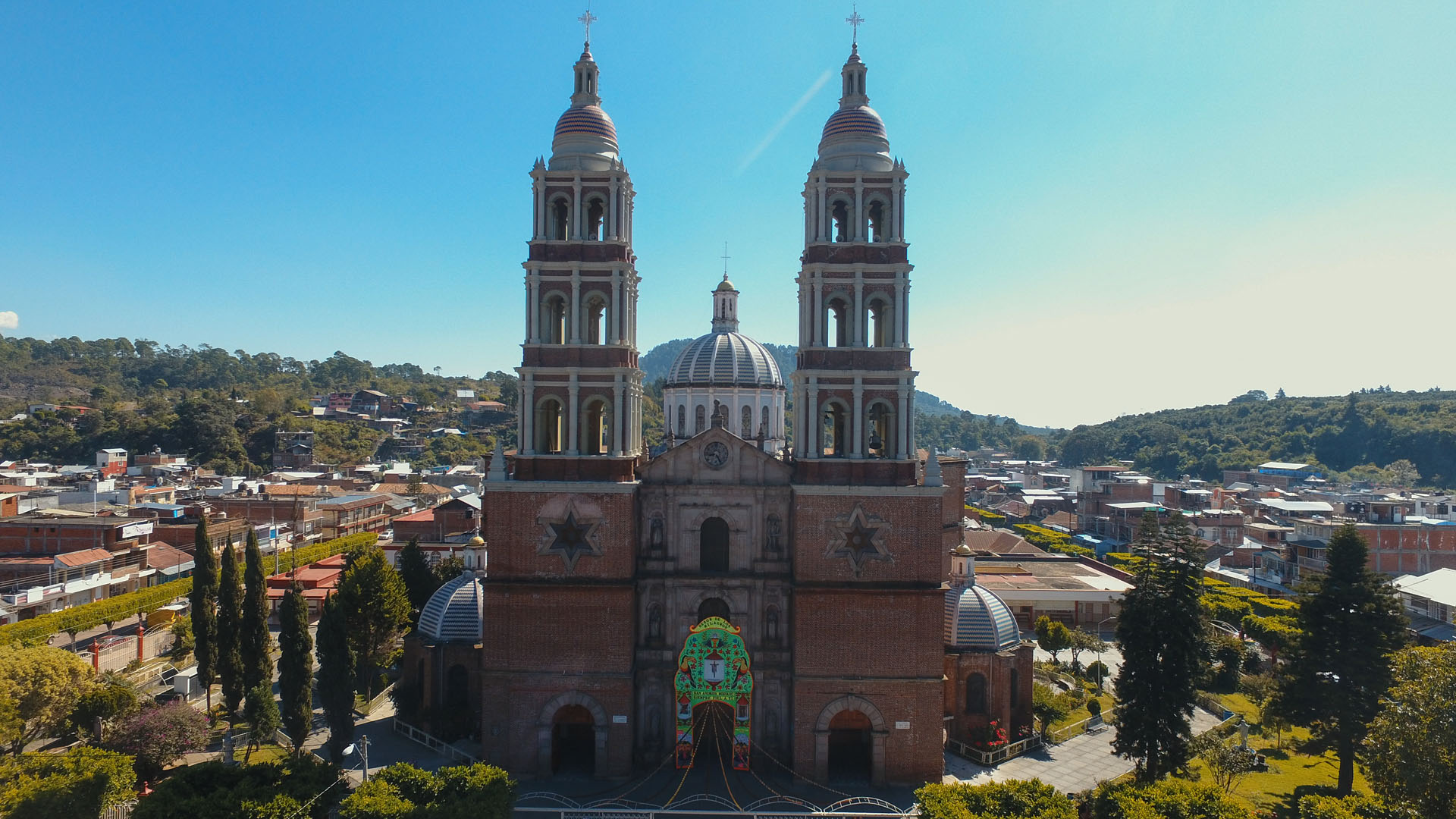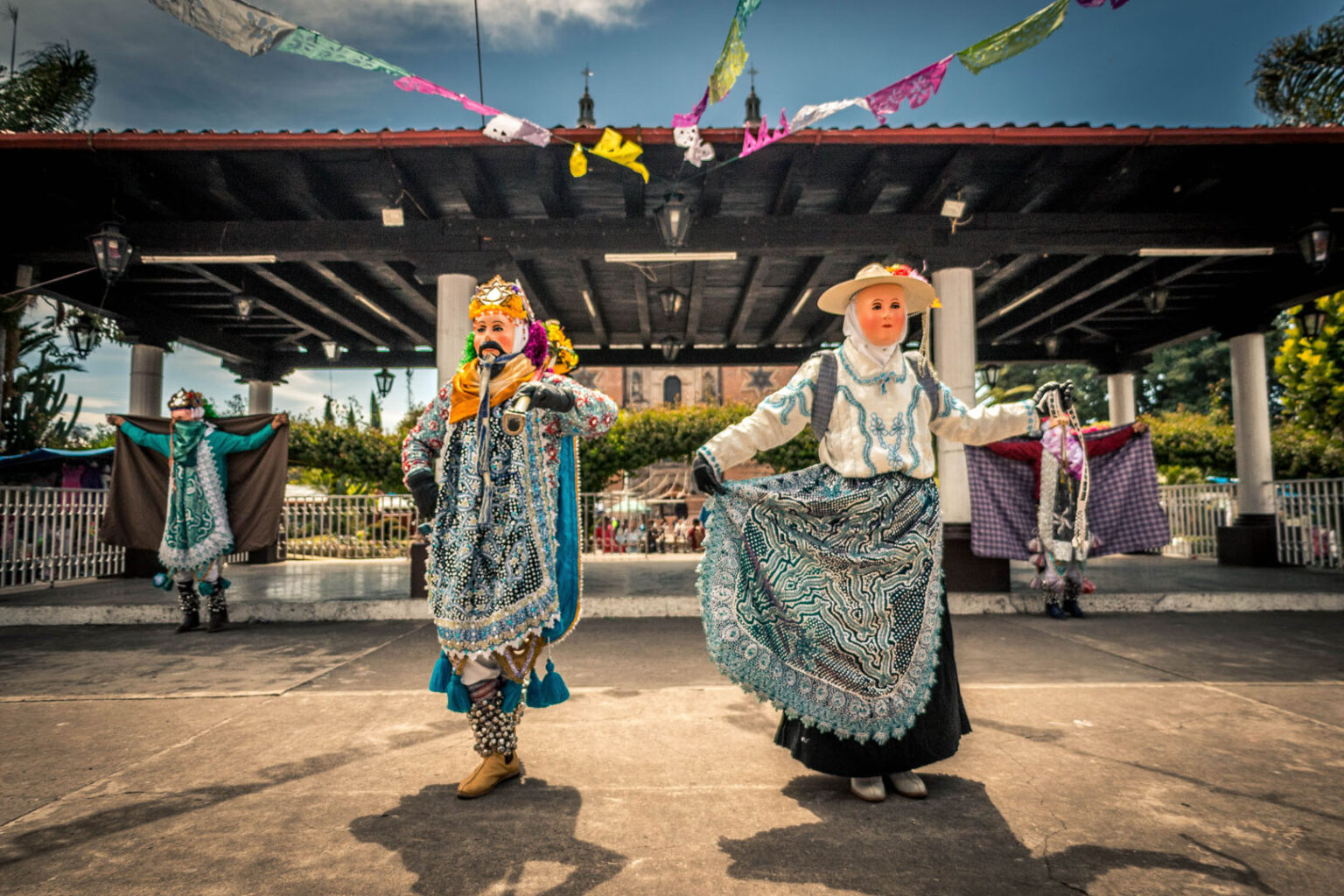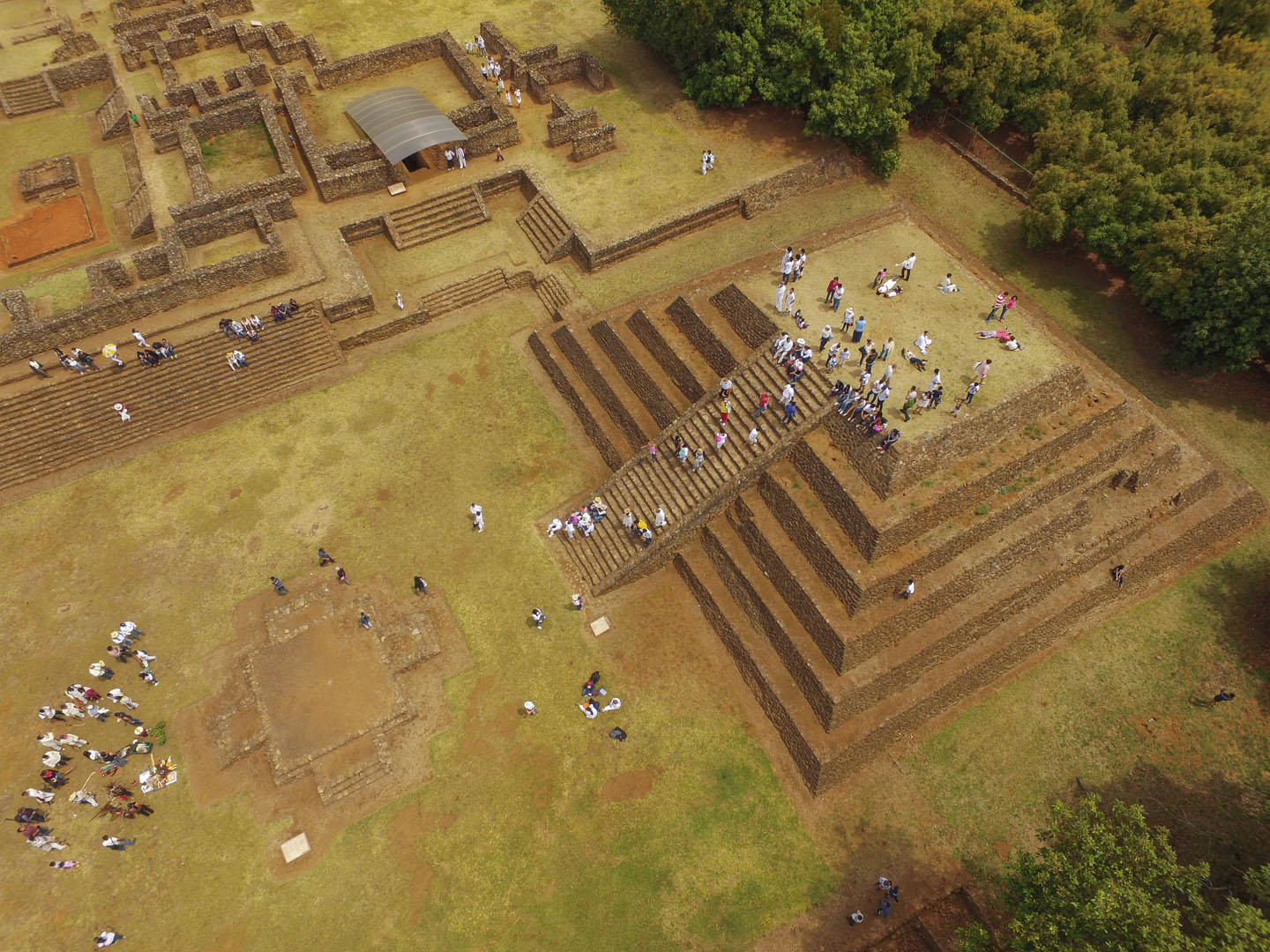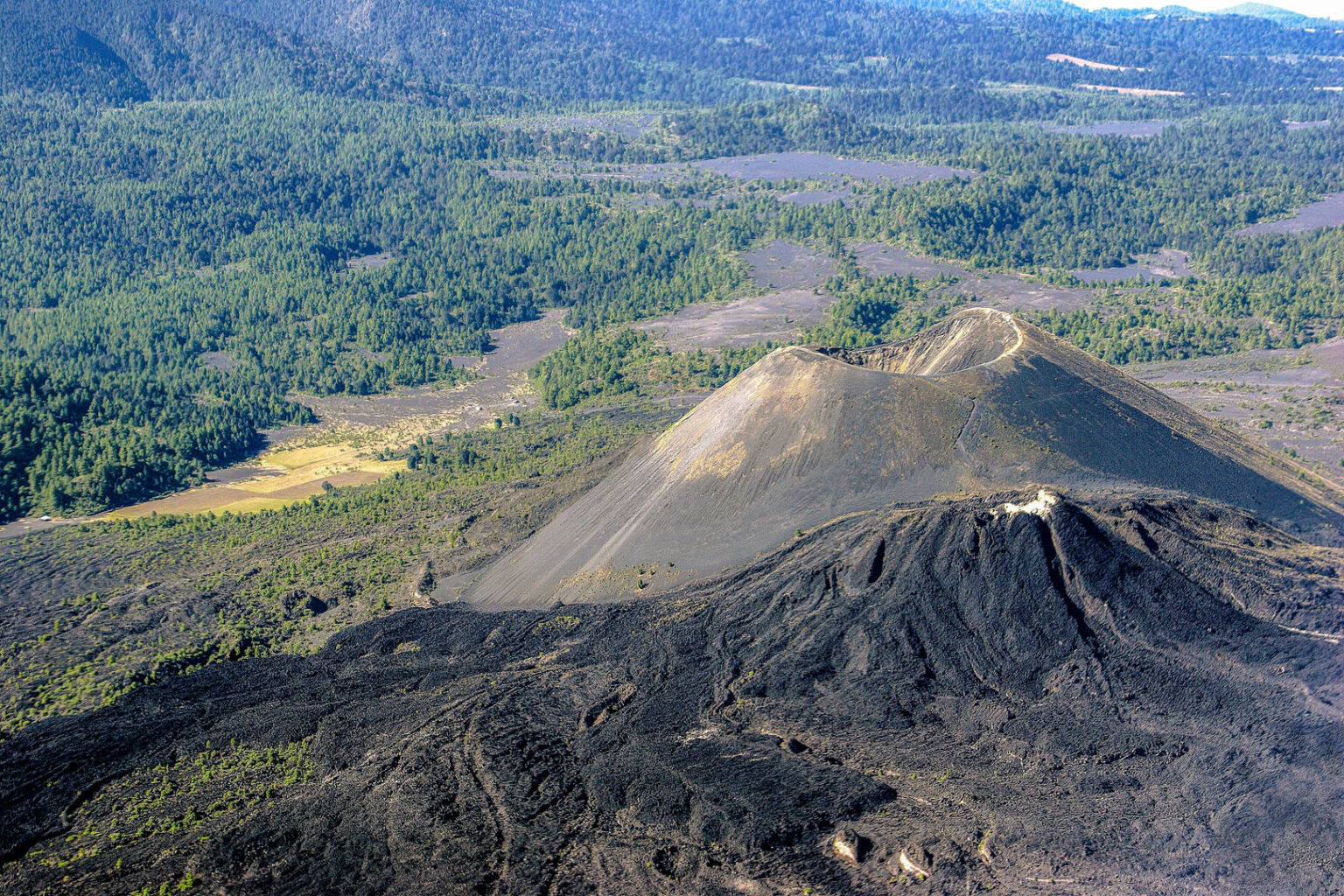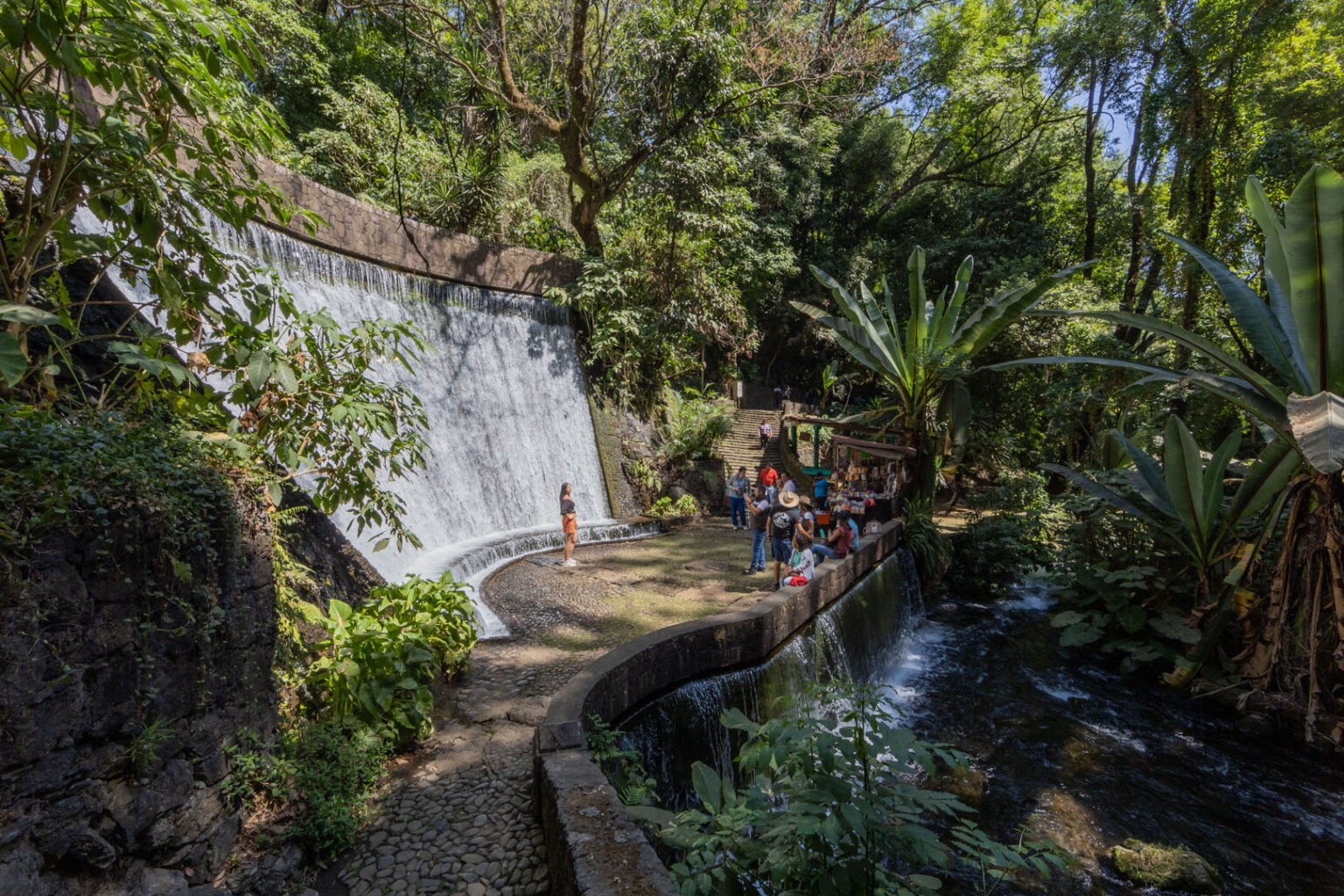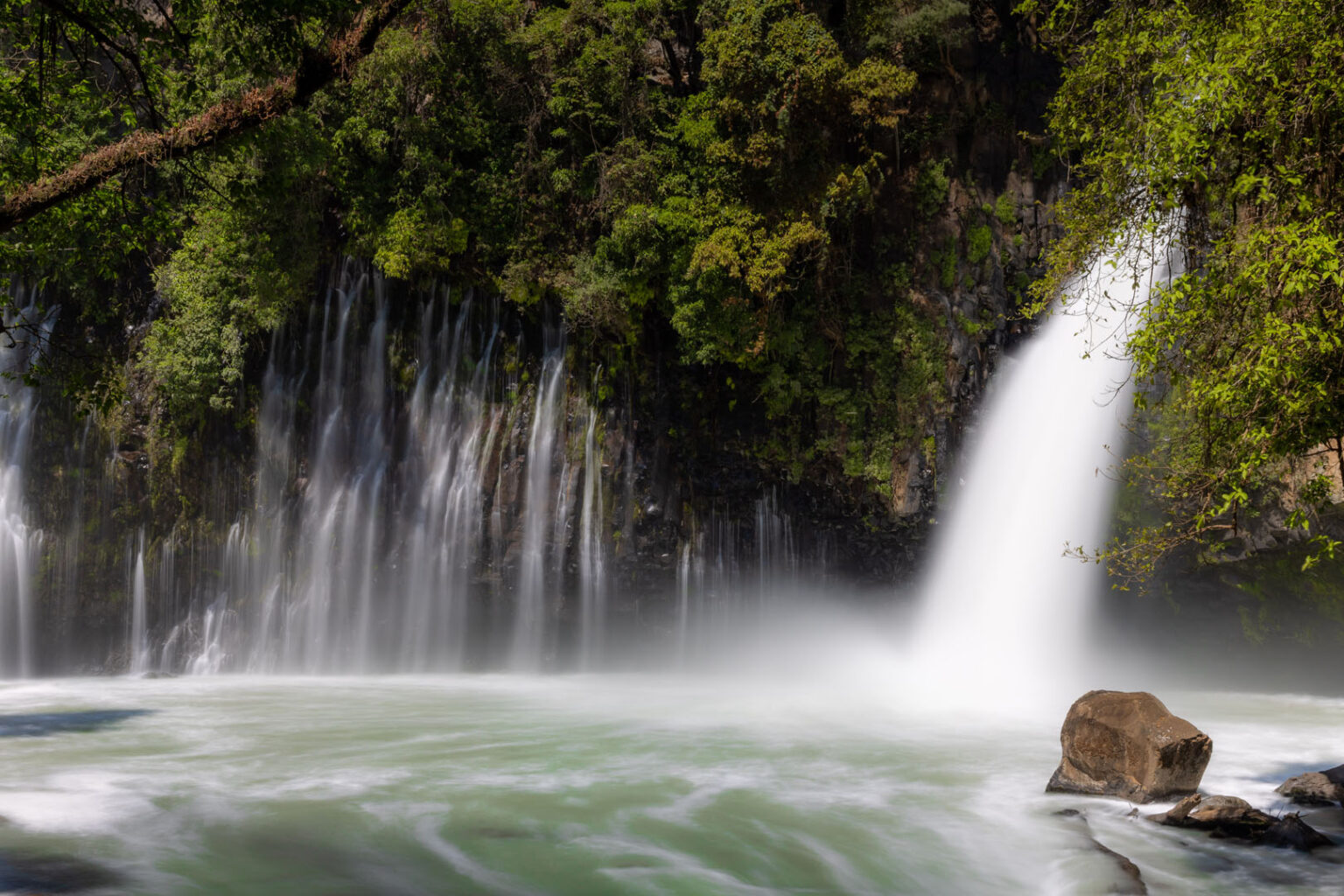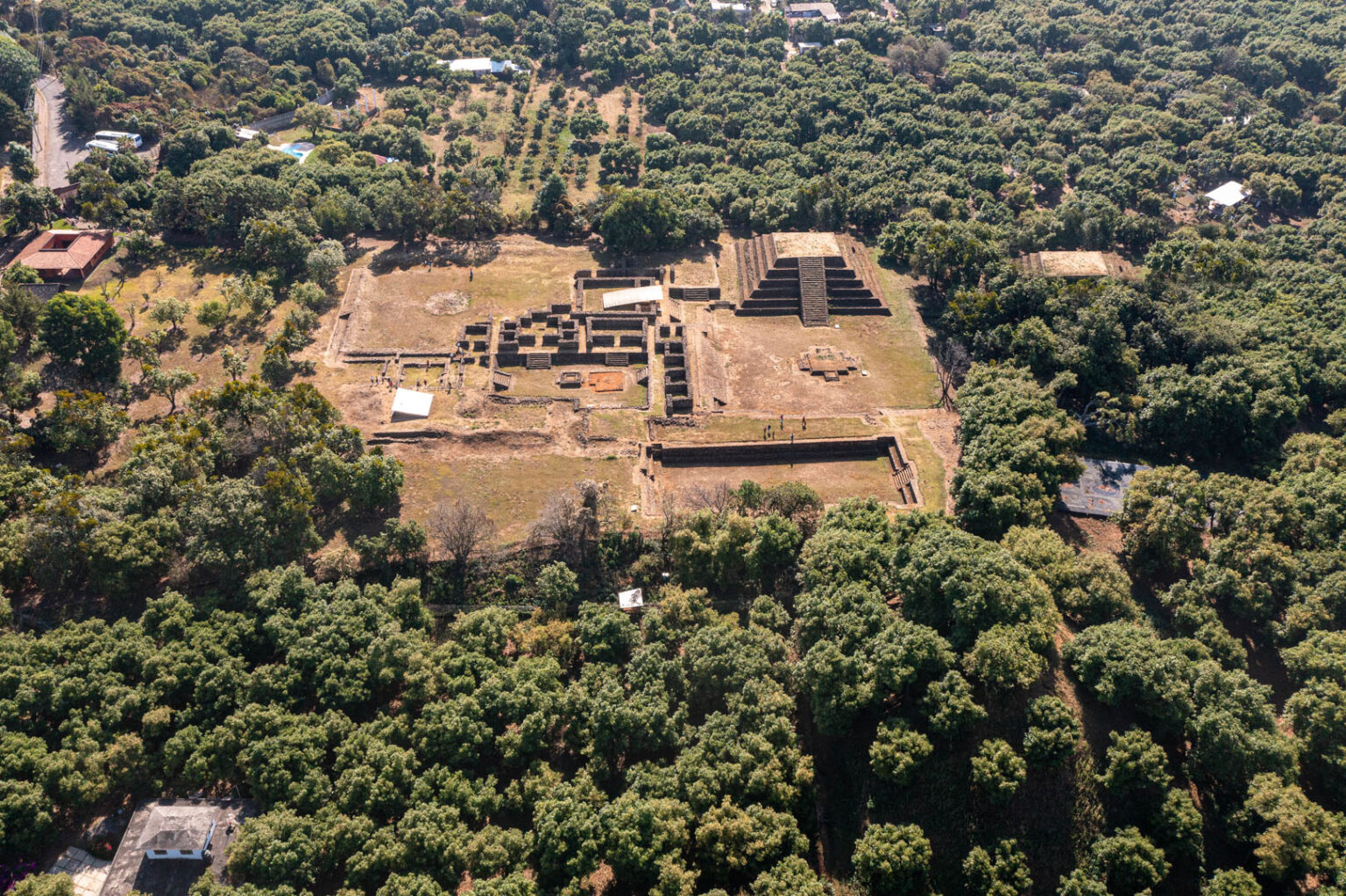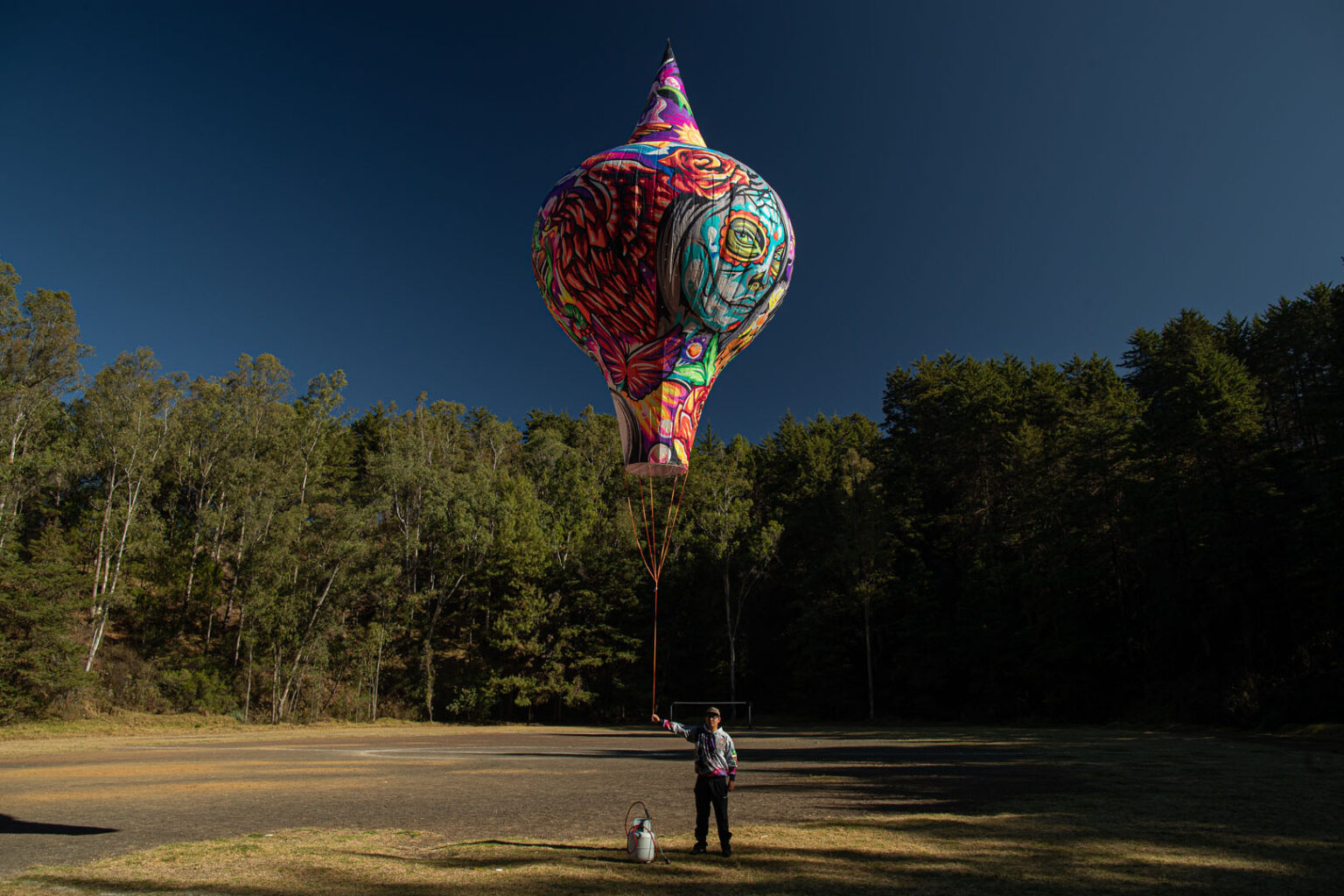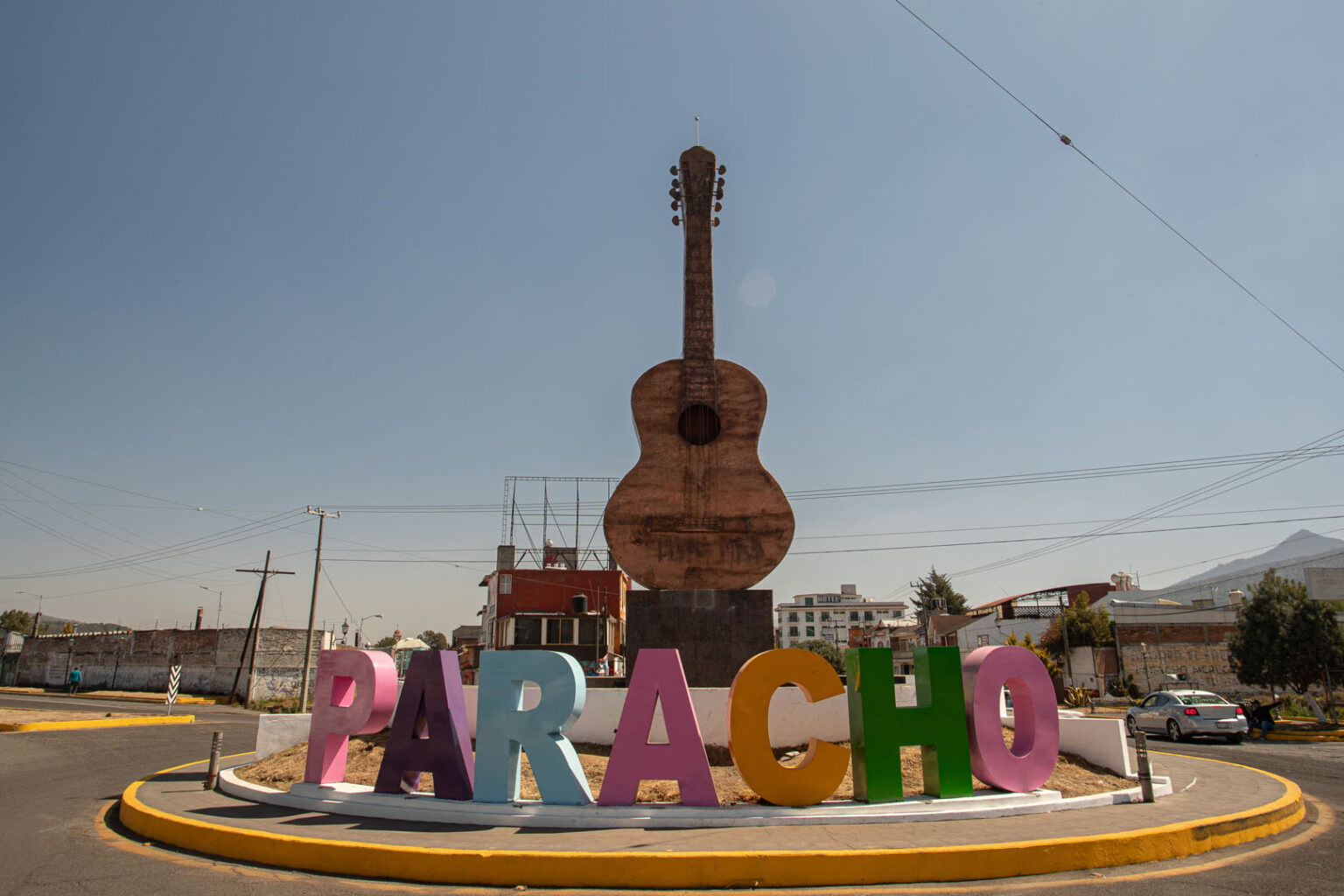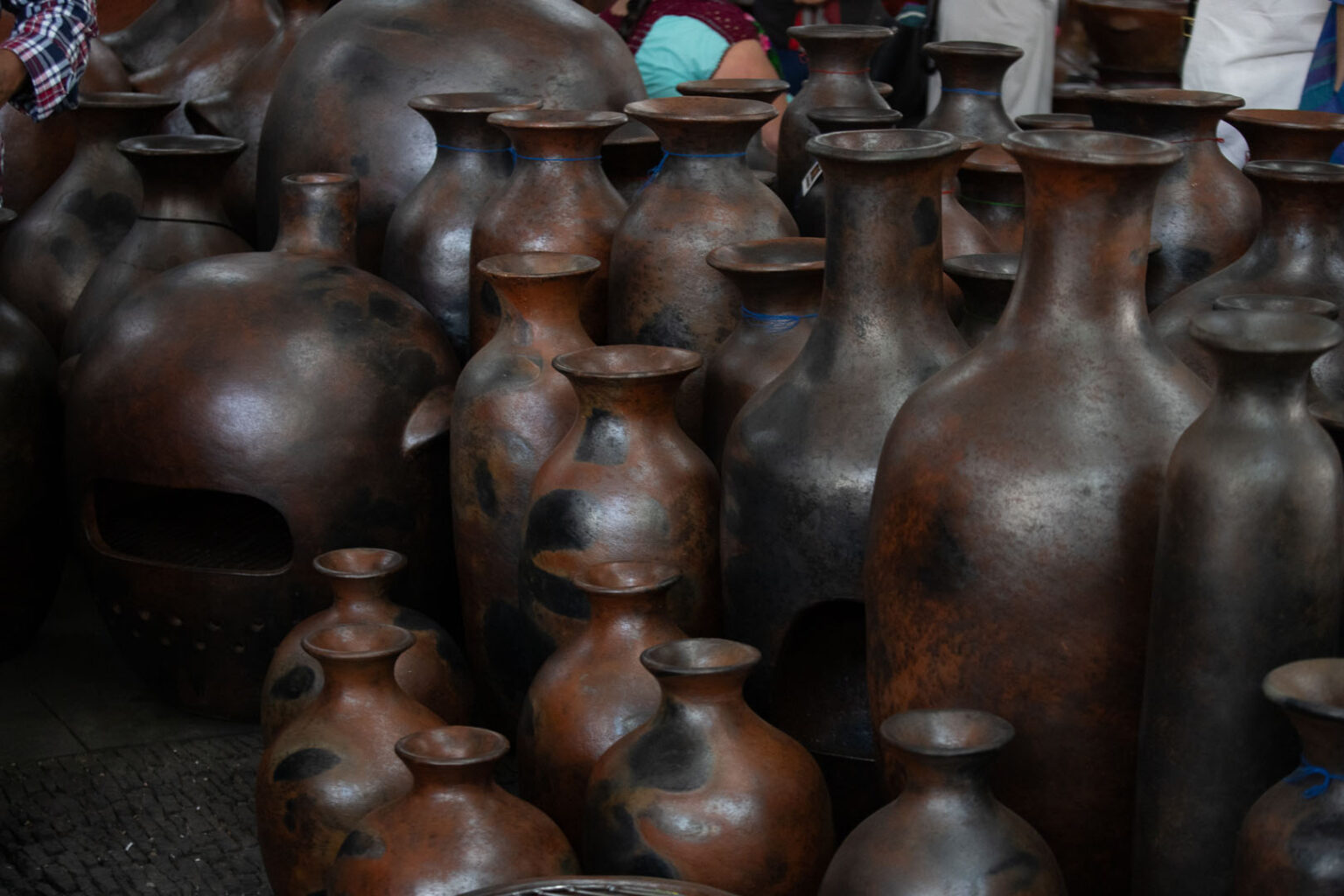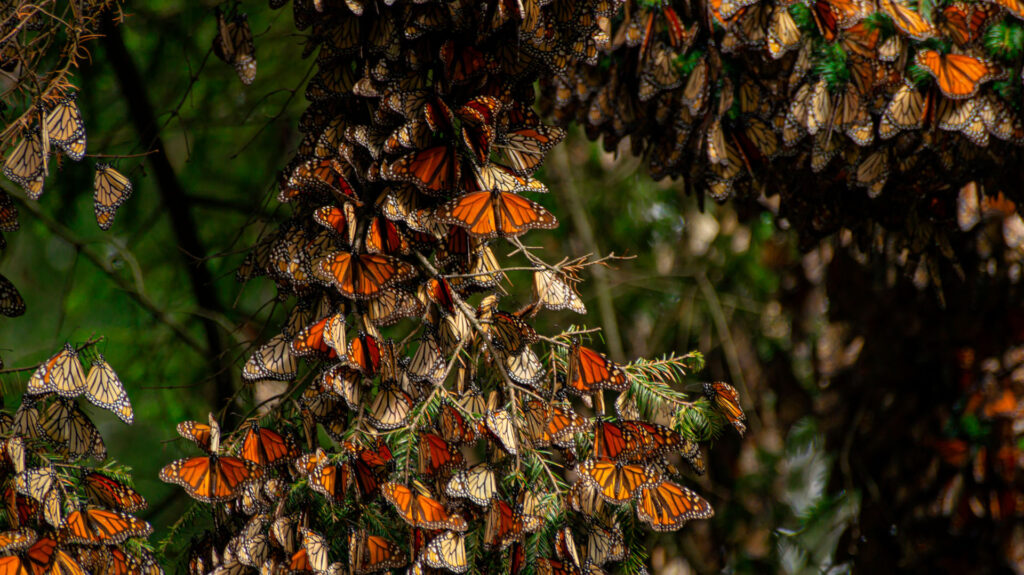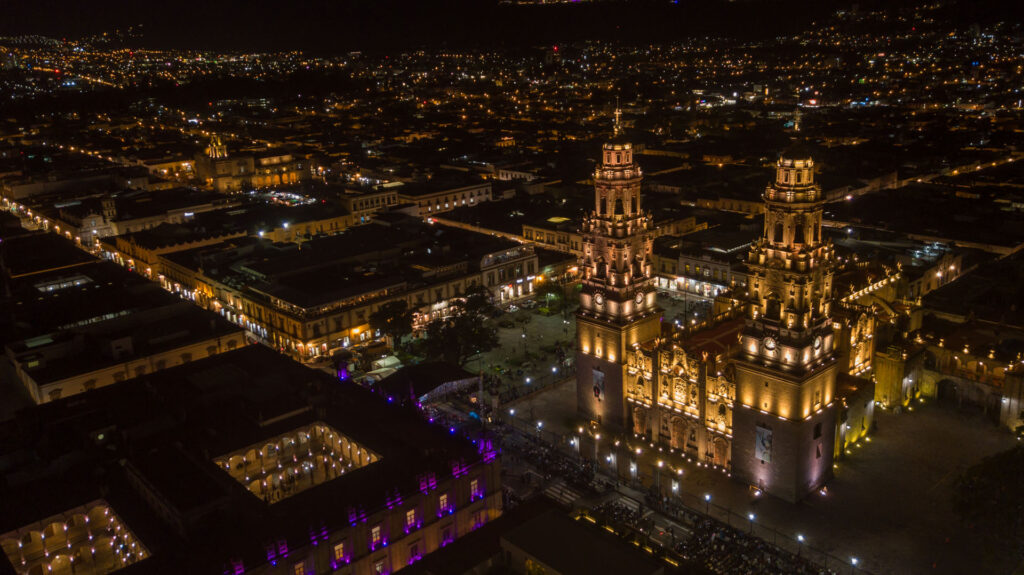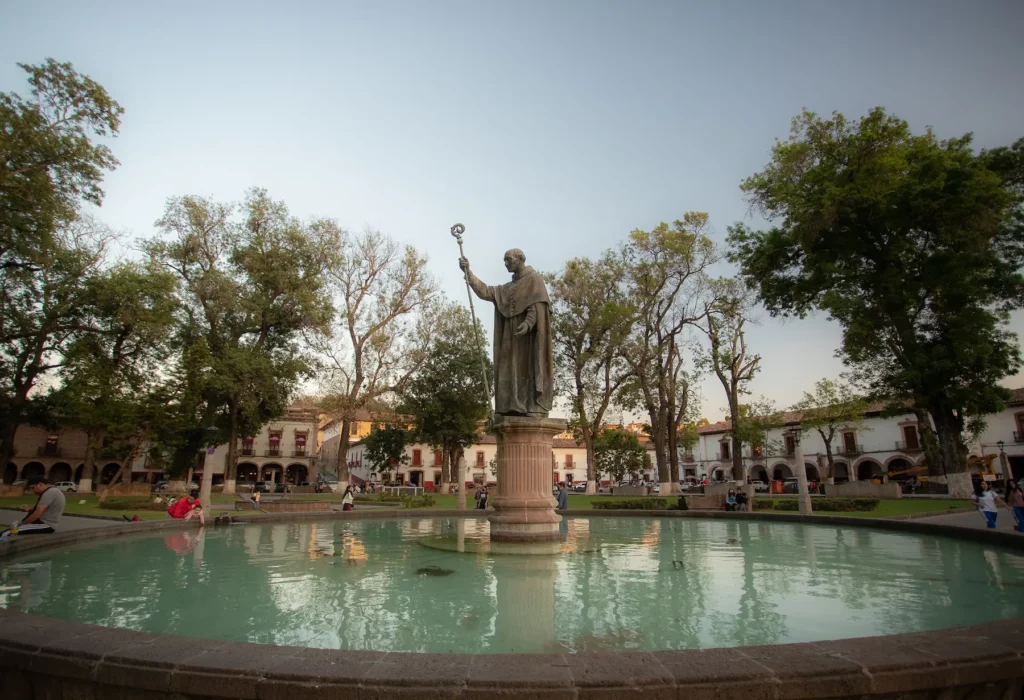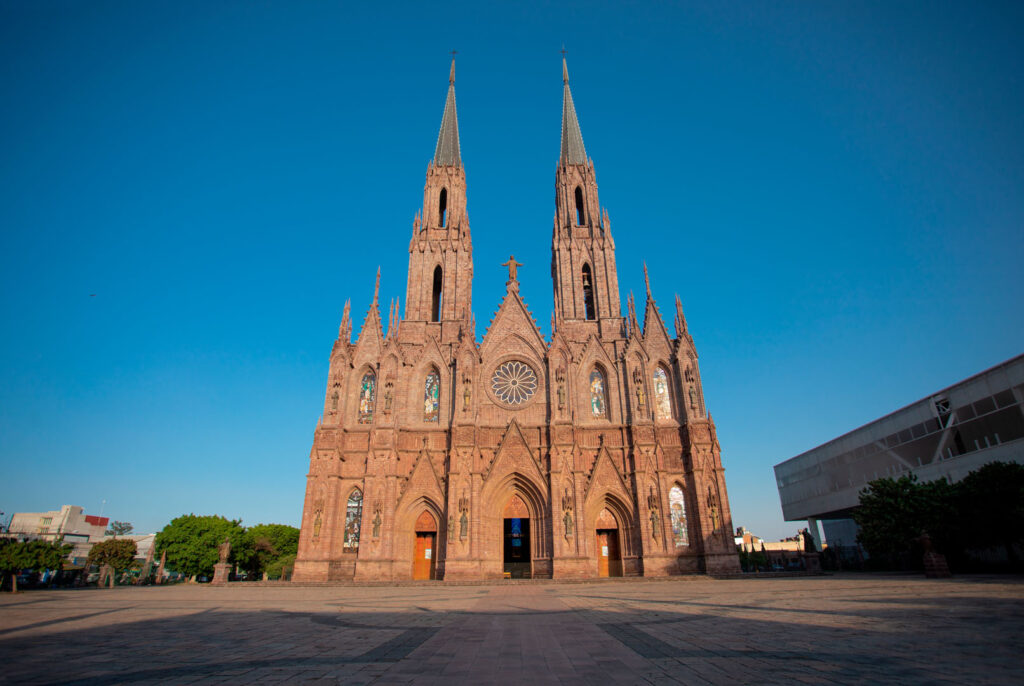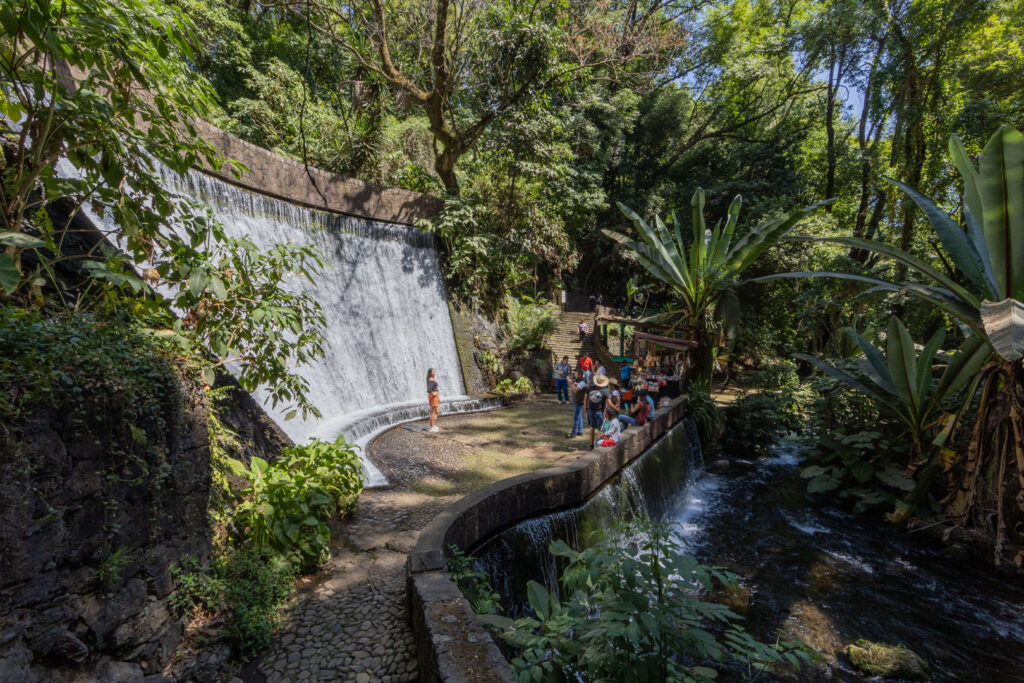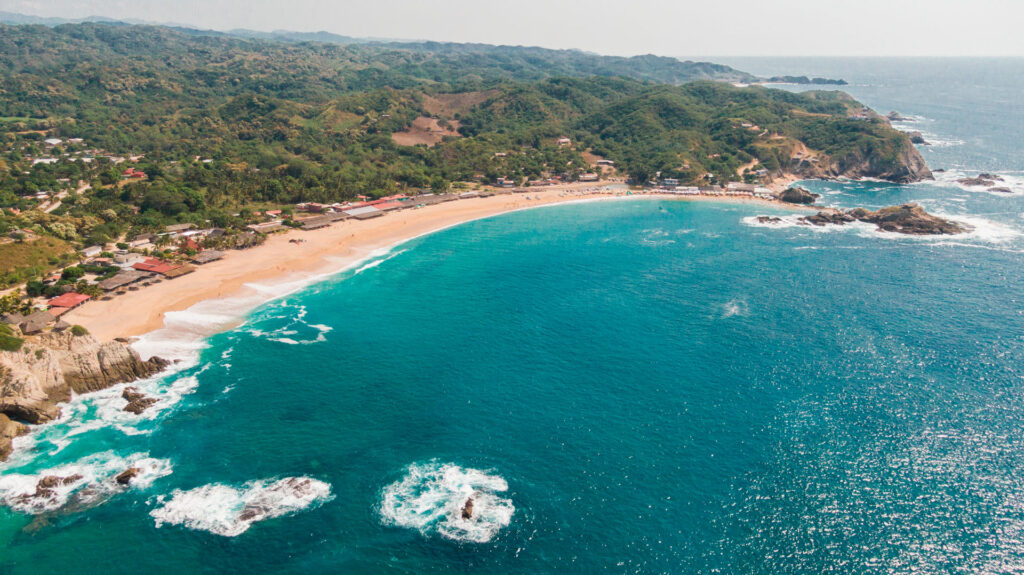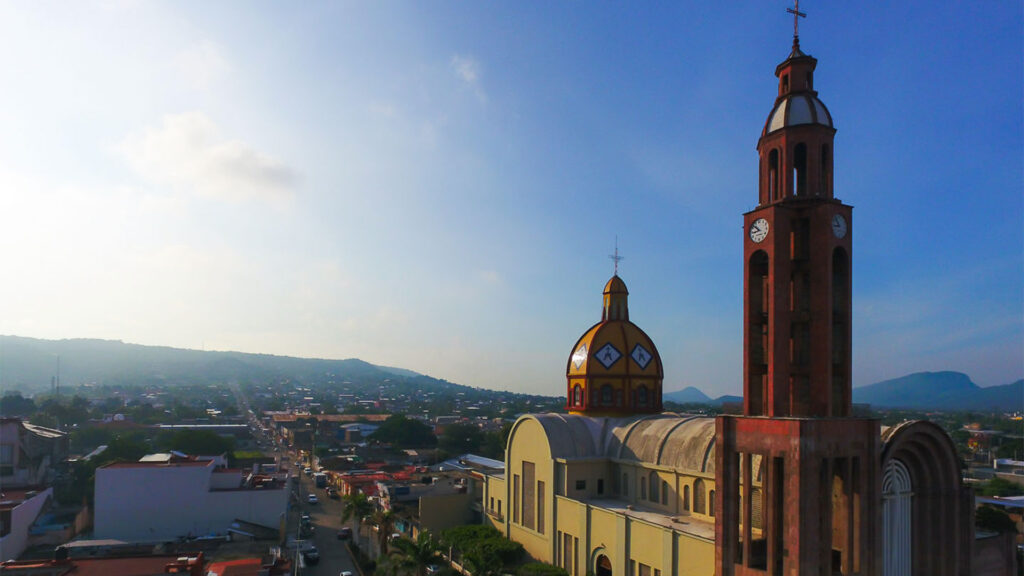Uruapan Region
It is a place with a privileged climate and a tourist center in the P’urhépecha Plateau.
Discover
Uruapan, the second most important city in Michoacán, stands as the avocado capital of the world, a land blessed with a privileged climate and a breathtaking natural environment. Located in the heart of the P’urhépecha Plateau, Uruapan is a tourist destination par excellence, where history, culture and nature intertwine to offer a unique experience. The city sits on the banks of the Cupatitzio Ravine, where the “singing river” flows, a symbol of life and fertility that has nourished these lands for centuries. In this place steeped in history, Don Vasco de Quiroga died in his beloved huatápera, leaving an indelible legacy in the region. The region’s pre-Hispanic past still echoes in the archaeological site of Tingambato, a window to the splendor of the civilizations that inhabited these lands before the arrival of the Spaniards. However, what truly distinguishes Uruapan and its surroundings is the living culture that permeates every corner. In the P’urhépecha Plateau, towns such as Nurio, Cocucho, Zacán, Pomacuarán and Charapan are located under a starry sky, where ancestral traditions remain vibrant and full of life.
This region is famous for being home to some of Mexico’s finest artisans, whose patient hands create true works of art. From the musical instruments of Paracho, known worldwide, to the cocuchas (large clay pots) of Cocucho, to the fine rebozos and gabanes woven with care, the artisan wealth of this land is unparalleled. One of the most outstanding events is the Tianguis Artesanal de Domingo de Ramos, the largest in Latin America, where more than one million handmade pieces are exhibited, showing the talent and dedication of the P’urhépechas artisans. The P’urhépechas customs and traditions are still alive and are celebrated with pride. The Festival de la Raza P’urhépecha de Zacán is an extraordinary opportunity to immerse yourself in the cultural manifestations of the region, such as the pirekua, a traditional P’urhépecha music that has been recognized as Intangible Cultural Heritage of Humanity by UNESCO. It is in this region, hand in hand with traditional cooks, where UNESCO found the ingredients and flavors that led Mexican cuisine to be declared a World Heritage Site. Here, dishes such as corundas (triangular tamales), churipo de res (a tasty beef broth with red chile), barbacoa and the great variety of tamales, are a true feast for the senses.
In Uruapan, known as the “Avocado Capital of the World”, the annual Avocado Festival is held, where contests, tastings and activities revolve around this fruit that is a true icon of the city.
We recommend visiting Cupatitzio Canyon and National Park: home of the “singing river”. In this environment is the National Park, a natural oasis with trails between waterfalls and lush vegetation, ideal for enjoying the tranquility. Huatápera de Uruapan: In the center of Uruapan, the Huatápera, founded in the 16th century by Don Vasco de Quiroga, is a museum that preserves art and historical objects related to the P’urhépecha culture and the history of the region, reflecting its cultural legacy. Magical Neighborhood San Pedro: To the west of Uruapan, next to Lake Cupatitzio, the San Pedro Neighborhood, founded in 1533, preserves artisan traditions such as inlaid maque, for which it is known as the cradle of this art. Its history reflects the organization of the nine original tribes of the region. Tingambato Archaeological Site: Near Uruapan, Tingambato offers P’urhépecha vestiges such as pyramids and plazas, allowing a journey into the pre-Hispanic past of the P’urhépecha Plateau. Crafts villages of the P’urhépecha Plateau: Paracho, Cocucho, Nurio, Zacán and Charapan stand out for their unique handicrafts, from guitars and cocuchas to rebozos, gabanes and maque. They are ideal for learning about living traditions and acquiring authentic pieces.
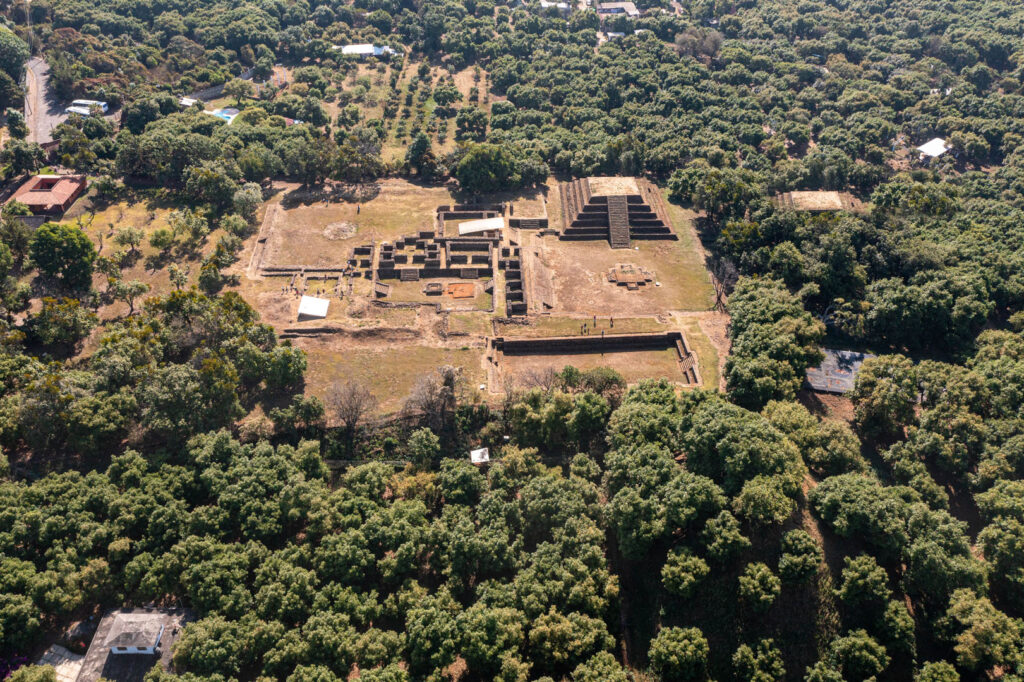
What you have to experience Palm Sunday Artisan Market: If you visit Uruapan during Holy Week, you can’t miss the Palm Sunday Artisan Market, the largest in Latin America. This market brings together thousands of artisans from the P’urhépecha region, who exhibit and sell their products in a dazzling display of color, creativity and skill. Walking among the stalls is a unique experience, where you can admire and purchase handcrafted pieces ranging from textiles and pottery to musical instruments and jewelry. Festival de la Raza P’urhépecha de Zacán: This festival is a vibrant celebration of P’urhépecha culture, showcasing traditional dances, music and other artistic expressions. The pirekua, a P’urhépecha music that has been declared Intangible Cultural Heritage of Humanity by UNESCO, is one of the main attractions of the festival. Attending this event is an exceptional opportunity to immerse yourself in the cultural richness of the region, and to witness how ancestral traditions are still alive in the heart of Michoacán. Paricutín Trekking: The Paricutín Volcano, one of the youngest volcanoes in the world, is one of the natural wonders of Michoacán. If you like adventure, a hike to Paricutín is an experience not to be missed. You can explore the volcanic landscapes, walk on solidified lava and visit the ruins of the church of San Juan Parangaricutiro, which was partially buried during the 1943 eruption. The view from the top of the volcano is breathtaking and offers you a unique perspective of the force of nature.
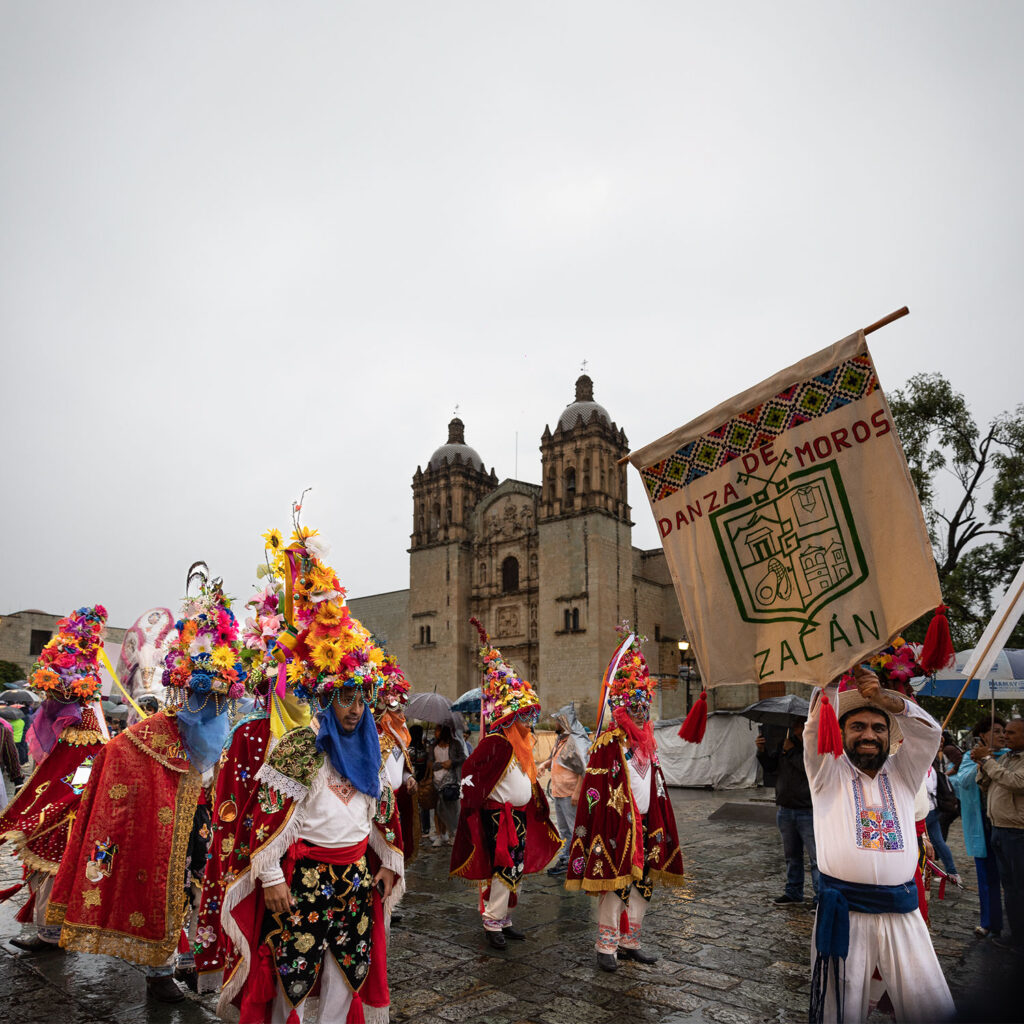
The name “Uruapan” comes from the P’urhépecha “Uruapani”, which means “place where everything blooms”. This name is especially appropriate for the city, not only because of its lush vegetation and climate conducive to agriculture, but also because Uruapan is a cultural center where P’urhépecha traditions flourish and are kept alive.
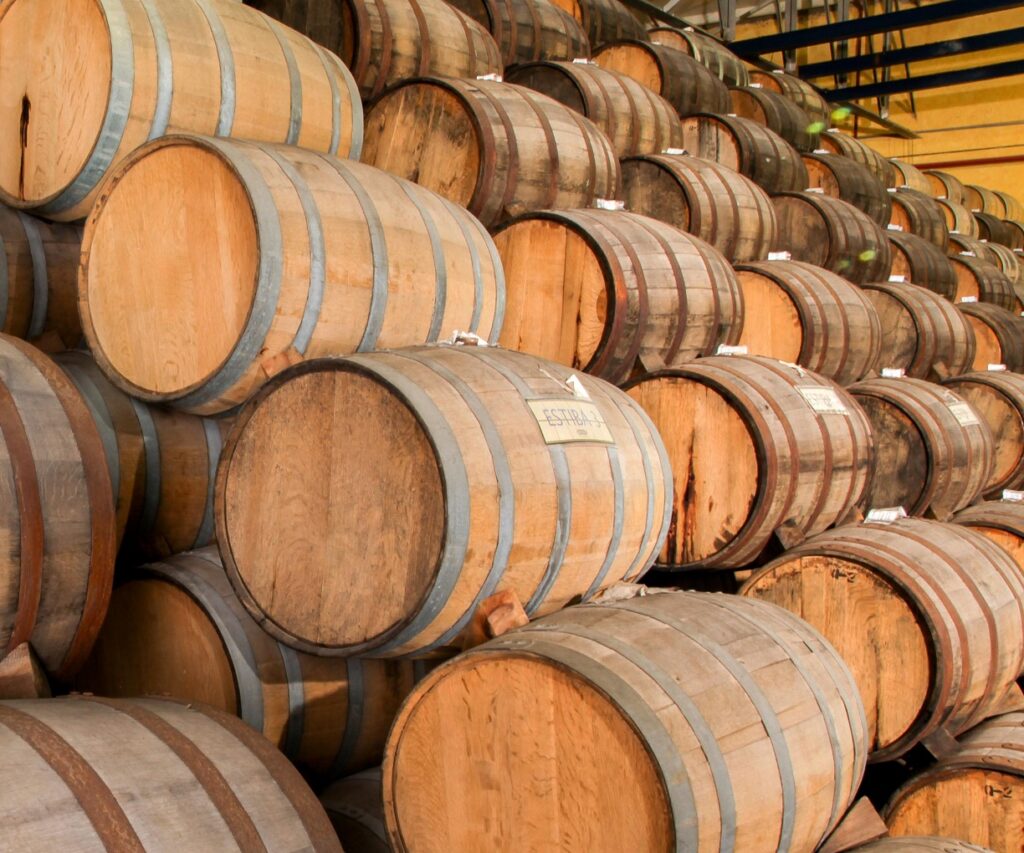
What you have to try Corundas: They are an emblematic dish of Uruapan and the P’urhépecha region. These triangular tamales, wrapped in corn husks, are soft and traditionally served with cream, queso fresco and salsa. Corundas are a must-try treat, and reflect the culinary richness of the area. Churipo de res: This traditional broth is one of the most representative dishes of P’urhépecha gastronomy. The churipo is prepared with beef, red chile and a mixture of vegetables including carrots and zucchini. It is a comforting dish full of flavor, ideal to enjoy on a cool day in Uruapan. Atole de grano: It is a typical drink of the region, made from corn. It is thick and slightly sweet, perfect to accompany corundas or tamales. Its smoky flavor and consistency make it one of the most traditional and beloved drinks in Uruapan. Charanda: It is a traditional alcoholic beverage from Uruapan, made from sugar cane. Similar to rum, charanda has a strong and distinctive flavor, and can be enjoyed on its own or in cocktails. It is a drink that encapsulates the essence of the region and is a must try to experience the authentic flavors of Uruapan.
Uchepos: These are tender corn tamales, known for their soft texture and sweet flavor. They are served with cream, cheese and sauce, and are a versatile dish that is enjoyed both for breakfast and dinner. Uchepos are a perfect sample of the local cuisine and a must-try treat. Exploring Uruapan and its region is an experience that will allow you to discover the cultural, natural and gastronomic richness of Michoacán. From its breathtaking landscapes to its deep traditions and delicious dishes, every corner of Uruapan invites you to immerse yourself in the essence of the P’urhépecha Plateau and take unforgettable memories with you.
Uruapan Region This region includes the municipalities of:
- Charapan
- Cherán
- Nahuatzen
- Nuevo Parangaricutiro
- Paracho
- Peribán
- Tancítaro
- Taretan
- Tingambato
- Uruapan
- Ziracuaretiro
